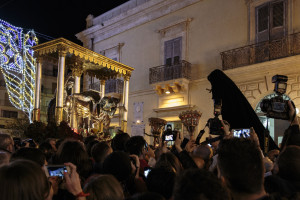© 2025 Isula Travel All rights reserved.
Best Price Guarantee

Book with confidence
Flexible cancellations - Insurance included
Flexible cancellations
For many of our villas we offer free cancellation up to 60 days before arrival
“Viaggi Protetto” insurance included
TRAVEL ASSISTANCE
- Medical visits
- Urgent medicines delivery
- Medical transport
- Translator
- Legal assistance
- Basic necessities
MEDICAL EXPENSES
- Injuries or non-postponable illnesses
BAGGAGE
- Baggage theft, robbery, mugging or burning
- Refurbishment of documents
- Basic necessities expenses
BOOK ONLINE






